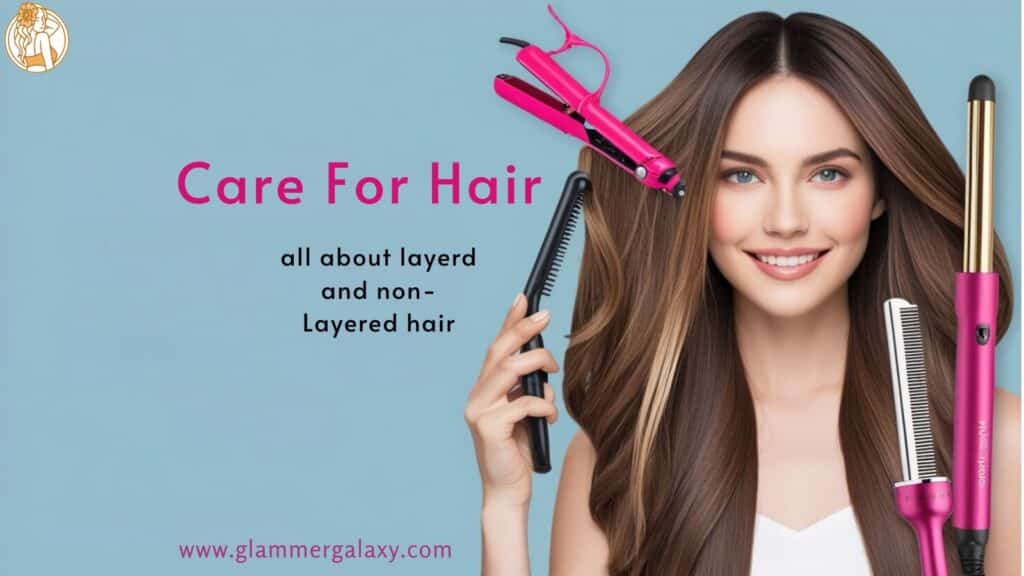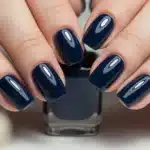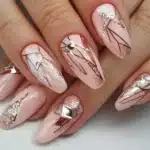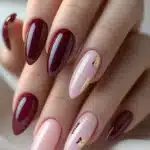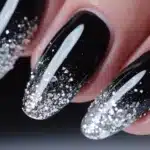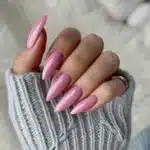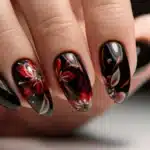In the world of hairstyling, the debate between layered vs non-layered hair has been ongoing for years. Both styles have their merits, and choosing between them can significantly impact your overall look.
This comprehensive guide will dive deep into the world of hair types, exploring the nuances of layered hair and non-layered hair, and help you make an informed decision based on your personal preference, face shape, and lifestyle.
Understanding Layered Hair
Layered hair is a versatile and popular styling technique that involves cutting the hair at different lengths to create depth and dimension. This technique can transform your look, adding volume and movement to your locks.
How Layers Are Created
Hairstylists create layers by cutting sections of hair at varying lengths. The result is a cascade of hair that falls naturally, with shorter pieces blending seamlessly into longer ones. This technique can be applied to various hair types, from fine and straight to thick and curly.
The process of creating layers requires skill and precision. A stylist will typically start by sectioning the hair and then cutting each section at a specific angle. The angle and length of each cut will determine the final look of the layers. Some common techniques include:
- Point cutting: This technique involves cutting into the hair at an angle to create soft, textured layers.
- Slide cutting: The stylist slides the scissors down the length of the hair, removing bulk and creating seamless layers.
- Razor cutting: Using a razor instead of scissors can create wispy, feathered layers.
Types of Layered Haircuts
There are several types of layered haircuts, each offering a unique look and feel:
- Long cascading layers: Perfect for those who want to maintain length while adding movement. This style features longer layers that blend seamlessly, creating a flowing, natural look.
- Graduated layers: Shorter at the top and gradually increasing in length towards the bottom. This style adds volume at the crown and creates a sleek silhouette.
- Face-framing layers: Shorter pieces around the face to highlight your features. These layers can be customized to complement different face shapes.
- Choppy layers: Edgy and textured, ideal for a more modern look. This style involves cutting layers at various lengths to create a piece-y, tousled appearance.
- Invisible layers: Subtle layers that add movement without drastically changing the overall shape. This technique is perfect for those who want a low-maintenance layered look.
- Shag layers: A retro-inspired cut featuring lots of choppy layers throughout the hair, creating a rock-and-roll vibe.
- V-shaped layers: Layers cut in a V-shape at the back, which can add dimension and movement to long hair.
Each of these layered styles can be customized to suit different hair textures and face shapes, making layered haircuts an incredibly versatile option.
Non-Layered Hair Explained
Non-layered hair, also known as one-length hair, is characterized by hair cut to a single length all around. This style offers a sleek, polished look that’s both classic and versatile.
One-Length Haircuts
One-length haircuts are exactly what they sound like – all the hair is cut to the same length. This creates a clean, straight line at the bottom of the hair, which can be particularly striking on long hair.
The simplicity of a one-length cut belies its impact. This style can:
- Create the illusion of thicker hair
- Showcase hair color beautifully, especially for those with highlights or balayage
- Offer versatility in styling, from sleek and straight to wavy and tousled
Some popular one-length haircuts include:
- Classic bob: A timeless cut that falls between the chin and shoulders.
- Long, blunt cut: A dramatic look that works well with straight hair.
- Lob (long bob): A shoulder-grazing cut that offers the best of both short and long styles.
Blunt Cuts vs. Textured Ends
While non-layered hair is often associated with blunt cuts, it’s possible to add some texture to the ends without creating layers. This can soften the look while maintaining the overall one-length appearance.
- Blunt cuts: These feature a sharp, clean line at the bottom. They’re great for creating a bold, striking look and can make fine hair appear thicker.
- Textured ends: Achieved by point-cutting or razor-cutting the very ends of the hair, this technique softens the line of a blunt cut without adding layers. It’s ideal for those who want a more relaxed, lived-in look while maintaining the benefits of a one-length cut.
Comparing Layered and Non-Layered Hair
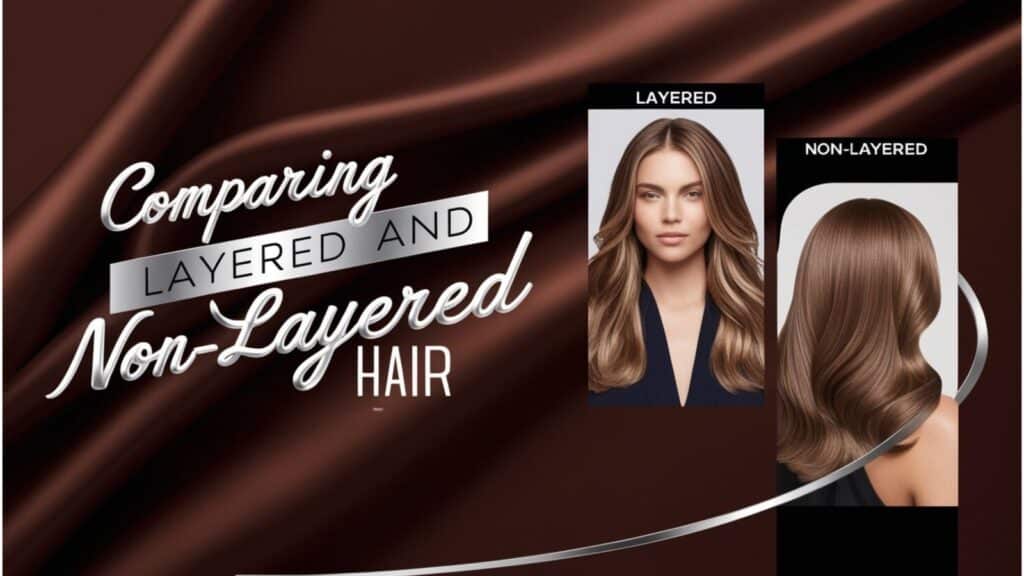
To help you choose between layered vs non-layered hair, let’s compare these styles across several key factors:
| Factor | Layered Hair | Non-Layered Hair |
| Visual Impact | Adds depth and dimension | Sleek and uniform |
| Styling Versatility | Offers more styling options | Great for updos and straight styles |
| Maintenance | Requires more frequent trims | Easier to maintain |
| Face Shape Suitability | Can be customized to flatter various face shapes | Best for oval and heart-shaped faces |
| Hair Volume | Adds volume to flat hair | Can appear heavy on thick hair |
| Texture Enhancement | Enhances natural texture | Smooths out texture |
| Color Impact | Can highlight multi-tonal color | Showcases solid colors well |
Don’t miss this article: Can I Use Eyeliner On My Lips?
Pros and Cons of Layered Hair
Advantages of Layered Hair
- Added volume and movement: Layers can breathe life into flat or lifeless hair. By removing weight from the lengths and ends, layers allow the hair to bounce and move more freely.
- Customizable to face shape: A skilled stylist can use layers to highlight your best features. For example, face-framing layers can soften a square jaw or elongate a round face.
- Versatile styling options: Layers work well with various styling techniques, from curls to straight looks. They can enhance natural texture or create the illusion of texture in straight hair.
- Reduces bulk in thick hair: For those with very thick hair, layers can remove excess weight, making the hair more manageable and less prone to frizz.
- Can make hair appear longer: Paradoxically, even though layering involves cutting the hair, strategic layers can create the illusion of length, especially when paired with long, face-framing pieces.
Disadvantages of Layered Hair
- Potential for uneven growth: As your hair grows, layers may become more pronounced, potentially leading to an uneven appearance if not maintained regularly.
- More frequent trims required: To maintain the layered look, you’ll need regular trims, typically every 6-8 weeks.
- Can make thin hair appear thinner: If not done correctly, layers can expose thinning areas, particularly in fine or sparse hair.
- More styling time: Layered hair often requires more effort to style, as each layer may need individual attention to look its best.
- Limitations on certain hairstyles: Very short layers can make it difficult to achieve some updos or braided styles.
Pros and Cons of Non-Layered Hair
Advantages of Non-Layered Hair
- Sleek and polished appearance: One-length cuts offer a clean, sophisticated look that’s timeless and chic.
- Easier to maintain: Fewer trims are needed to keep the style looking fresh, typically every 8-12 weeks.
- Versatile for updos and braids: The uniform length makes it easier to create certain styles, particularly sleek ponytails and intricate braided looks.
- Makes hair appear thicker: A blunt, one-length cut can create the illusion of thicker, fuller hair, especially beneficial for those with fine hair.
- Showcases hair color: Non-layered cuts provide a perfect canvas for showing off vibrant hair colors or subtle highlights.
Disadvantages of Non-Layered Hair
- Can lack volume: Without layers, some hair types may appear flat, particularly if the hair is fine or straight.
- May appear heavy: Especially on thick hair, one-length cuts can look weighed down or triangular if not properly shaped.
- Limited styling options: Some styles, particularly those that require a lot of movement or texture, are harder to achieve without layers.
- Less forgiving of damage: Split ends and breakage can be more noticeable in a one-length cut, as there are no layers to disguise them.
- May not suit all face shapes: While versatile, a one-length cut may not be as easily customized to flatter different face shapes as layered cuts.
Choosing the Right Cut for Your Hair Type
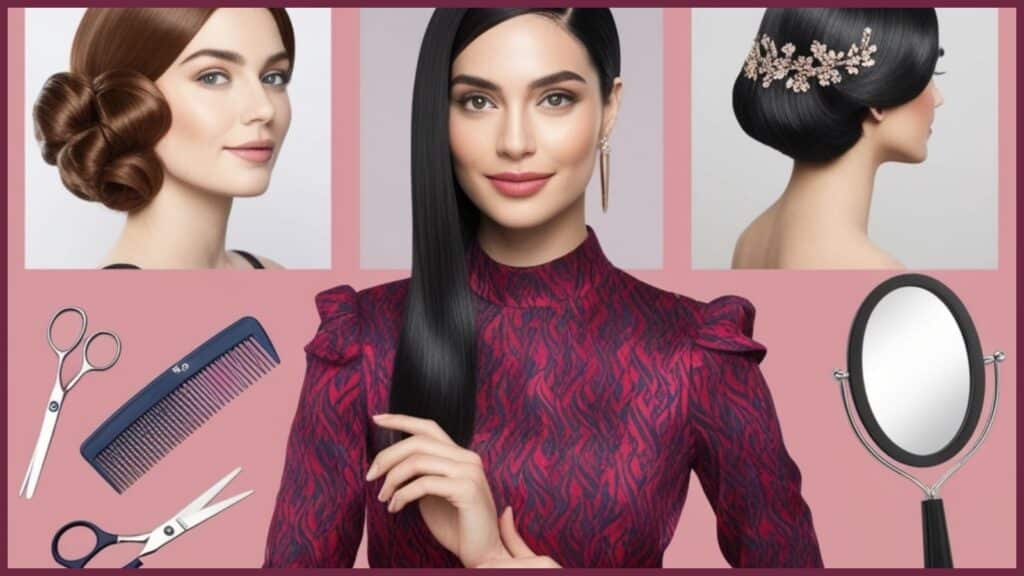
Your hair type plays a crucial role in determining whether layered or non-layered hair will work best for you. Let’s explore the considerations for different hair types:
Fine Hair
For those with fine hair, the choice between layered vs non-layered can be tricky. While layers can add volume, they can also make fine hair appear thinner if not done correctly.
Tips for fine hair:
- Opt for subtle, long layers to add movement without sacrificing volume
- Consider a blunt cut with minimal layering around the face
- Use volumizing products to enhance body
- Try a lob (long bob) with slight texturing at the ends for a fuller appearance
Case Study: Sarah, 28, has fine, straight hair. She opted for a shoulder-length blunt cut with subtle face-framing layers. This style gave her hair the appearance of thickness while still allowing for some movement around her face. Sarah found that this cut was easy to maintain and looked great whether styled straight or with loose waves.
Thick Hair
Thick hair often benefits from layers, as they can remove bulk and add movement. However, a well-executed one-length cut can also look stunning on thick hair.
Tips for thick hair:
- Choose long layers to remove weight and add shape
- Consider a textured one-length cut to soften the ends
- Use smoothing products to control frizz and enhance shine
- Experiment with internal layers to remove bulk without changing the overall shape
Case Study: Michael, 35, has thick, wavy hair that tends to look bulky. He chose a layered cut with long layers throughout and shorter layers around his face. This style removed excess weight, enhanced his natural waves, and made his hair much more manageable. Michael found that this cut reduced his styling time and gave him a more polished look.
Curly and Wavy Hair
Curly and wavy hair types often benefit from layers, as they can enhance natural texture and prevent a triangular shape.
Tips for curly and wavy hair:
- Opt for long layers to maintain length while adding shape
- Consider a “curly cut” technique, where hair is cut dry to account for shrinkage
- Use curl-enhancing products to define and moisturize curls
- Avoid over-layering, which can create a “mushroom” effect
Case Study: Amelia, 42, has tight curls that tend to form a triangle shape when cut all one length. She opted for a layered cut with longer layers at the back and shorter layers framing her face. This cut enhanced her curl pattern, added volume at the crown, and gave her hair a more balanced shape. Amelia found that this style was easier to manage and required less product to look defined.
Straight Hair
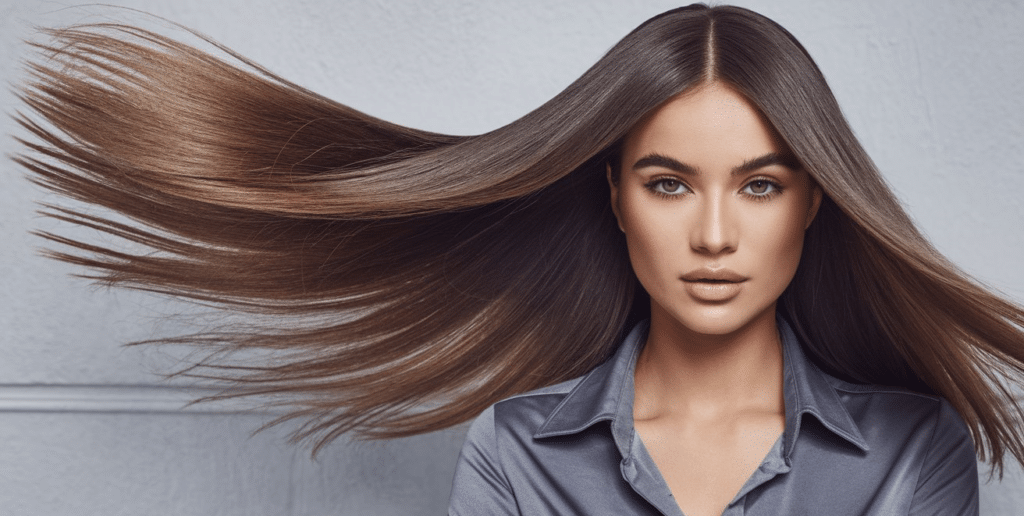
Straight hair can look great with either layered or non-layered cuts, depending on your desired style and hair volume.
Tips for straight hair:
- Choose long layers for movement and volume
- Consider a blunt cut for a sleek, polished look
- Use texturizing products to add body and dimension
- Try a mix of blunt ends with subtle face-framing layers for versatility
Case Study: Liam, 31, has straight, medium-thickness hair. He chose a one-length cut that fell just below his shoulders, with very subtle layering around his face. This style gave him a sleek, professional look for work, but also allowed him to add texture and movement with styling products when desired. Liam appreciated the low-maintenance nature of this cut and how it could be easily tied back for his active lifestyle.
Styling Techniques for Layered and Non-Layered Hair
Regardless of whether you choose layered or non-layered hair, proper styling techniques can enhance your look. Here are some tips for both styles:
Blow-Drying Methods
- For layered hair: Use a round brush to create volume and shape each layer. Start at the roots and work your way down, focusing on lifting at the crown for added volume.
- For non-layered hair: Use a paddle brush for a smooth, sleek finish. Work in sections, starting at the nape of the neck and moving upwards.
Pro Tip: Always apply a heat protectant before blow-drying to prevent damage and frizz.
Curling and Straightening Tips
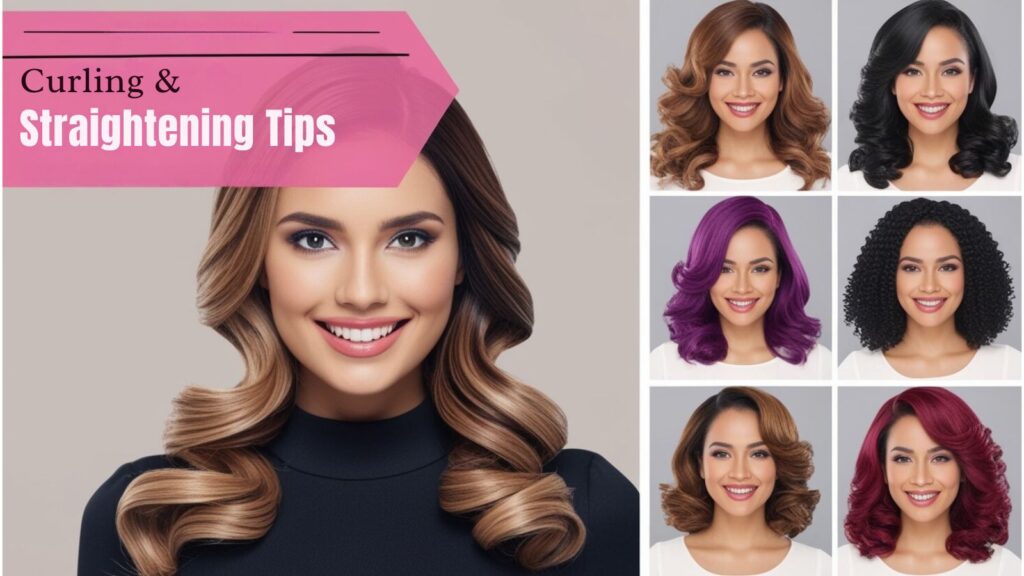
- Layered hair: Alternate curl directions for a more natural look. Use a smaller barrel curling iron for shorter layers and a larger barrel for longer layers.
- Non-layered hair: Use larger curling irons for loose, uniform waves. For straightening, work in small sections and use a comb to guide the flat iron for a super-sleek look.
Pro Tip: For both styles, finish with a light-hold hairspray to maintain the style without stiffness.
Updos and Braids
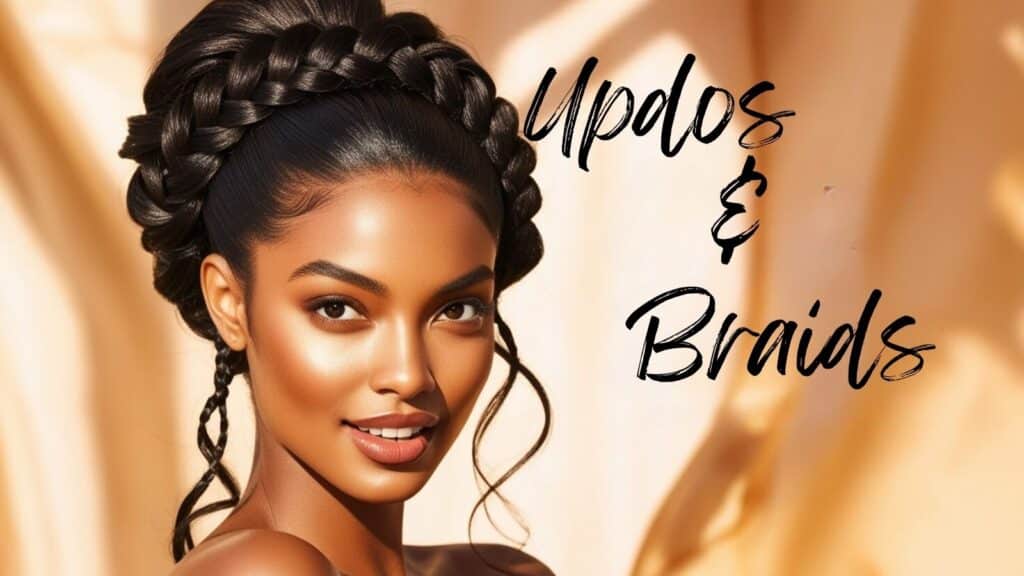
- Layered hair: Embrace messy, textured styles that showcase the layers. Try a tousled low bun or a braided crown that incorporates different layer lengths.
- Non-layered hair: Create sleek ponytails, buns, and intricate braids. The uniform length lends itself well to polished, structured styles.
Pro Tip: Use texturizing powder at the roots to add grip and volume for both layered and non-layered updos.
Explore more : Does Shea Butter Expire?
Products That Enhance Each Cut
- Layered hair: Texturizing sprays, volumizing mousses, and lightweight styling creams can enhance the movement and definition of layers.
- Non-layered hair: Smoothing serums, shine-enhancing oils, and anti-frizz creams help maintain the sleek look of one-length cuts.
Product Recommendations:
- For layered hair: Oribe Dry Texturizing Spray
- For non-layered hair: Moroccanoil Treatment Light
Maintenance and Care
Proper hair maintenance is crucial for keeping both layered and non-layered styles looking their best.
Trimming Schedules
- Layered hair: Every 6-8 weeks to maintain shape and prevent layers from becoming disconnected.
- Non-layered hair: Every 8-12 weeks to prevent split ends and maintain the clean line of the cut.
Deep Conditioning Treatments
Regular deep conditioning is essential for both styles to keep hair healthy and manageable. Here’s a simple at-home treatment you can try:
- Mix equal parts coconut oil and honey
- Apply to damp hair, focusing on ends
- Leave on for 30 minutes under a shower cap
- Rinse thoroughly and shampoo as usual
Aim to do a deep conditioning treatment once a week for optimal hair health.
Heat Protection Strategies
Always use a heat protectant product before styling with hot tools to prevent damage. Some effective strategies include:
- Applying a heat protectant spray or serum before blow-drying or using hot tools
- Using the lowest effective heat setting on styling tools
- Limiting heat styling to 2-3 times per week
- Investing in high-quality tools with ceramic or tourmaline plates/barrels
Nighttime Care Routines
- Layered hair: Use a silk pillowcase to prevent tangling and maintain volume. You can also try a loose, high bun secured with a soft scrunchie to preserve style.
- Non-layered hair: Braid or twist hair before bed to maintain smoothness and prevent breakage. A silk or satin bonnet can also help protect the hair while you sleep.
Celebrity Inspiration
Looking to the stars can provide great inspiration for both layered and non-layered styles:
Famous Layered Hairstyles
- Jennifer Aniston’s iconic “Rachel” cut: A heavily layered, face-framing style that defined 90s hair trends.
- Beyoncé’s long, cascading layers: Glamorous, voluminous layers that enhance her natural curls and waves.
- Taylor Swift’s shaggy layers: A modern take on the classic shag, featuring choppy layers and bangs.
- Zendaya’s bouncy curls: Perfectly cut layers that enhance her natural curl pattern and add volume.
- Priyanka Chopra’s long layers: Subtle, face-framing layers that add movement to her long, thick hair.
Iconic Non-Layered Looks
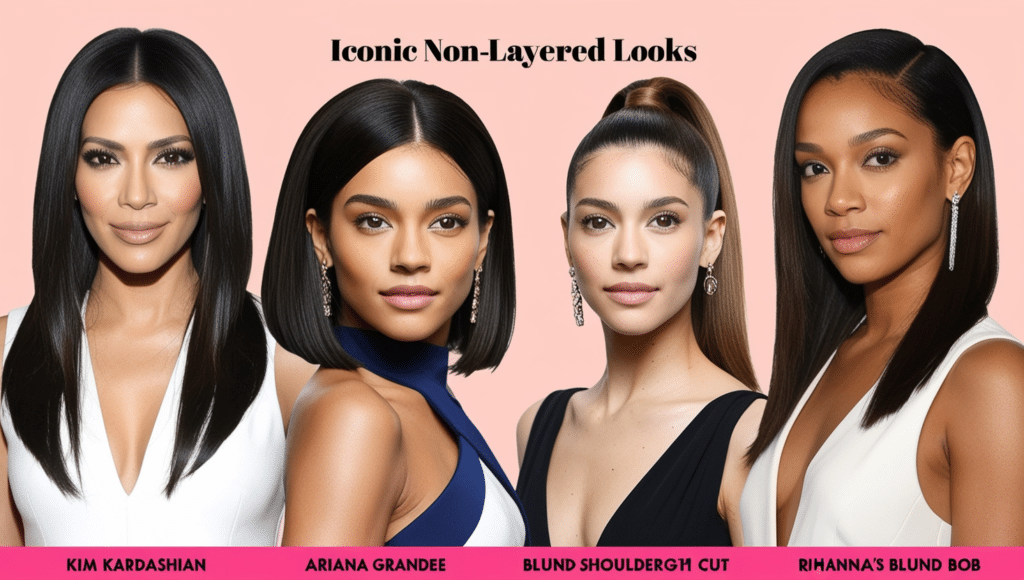
- Kim Kardashian’s sleek, long bob: A blunt cut that falls just below the shoulders, often styled pin-straight.
- Ariana Grande’s high ponytail: A signature look featuring ultra-long, one-length extensions.
- Zendaya’s blunt, shoulder-length cut: A sleek, polished look that showcases her facial features.
- Gwyneth Paltrow’s long, straight style: A classic one-length cut that exudes effortless elegance.
- Rihanna’s blunt bob: A sharp, chin-length cut that makes a bold statement.
“The right haircut can make you feel like you can take on the world.” – Jen Atkin, Celebrity Hairstylist
Transitioning Between Styles
If you’re considering a change, here are some tips for transitioning between layered and non-layered styles:
Growing Out Layers
- Be patient – it takes time for shorter layers to catch up
- Use bobby pins and headbands to style awkward lengths
- Consider regular trims to shape the hair as it grows
- Experiment with braids and updos to disguise uneven lengths
- Use texturizing products to blend different lengths together
Timeline: Expect the process to take anywhere from 6 months to 2 years, depending on your starting point and desired length.
Adding Layers to One-Length Hair
- Start with subtle, long layers to ease into the look
- Communicate clearly with your stylist about your desired outcome
- Be prepared for a change in styling routine
- Invest in new styling products suitable for layered hair
- Consider face-framing layers as a first step before committing to all-over layers
Pro Tip: Bring pictures of styles you like to your stylist, but be open to their professional advice on what will work best for your hair type and face shape.
Environmental and Lifestyle Factors
When choosing between layered and non-layered hair, consider your environment and lifestyle:
Climate Considerations
- Humid climates: Layers can help reduce bulk and frizz. They allow for better air circulation, which can prevent the hair from becoming too heavy or sticky in humid conditions.
- Dry climates: One-length cuts may be easier to moisturize and maintain. The uniform length can help seal in moisture and protect the hair from dry, harsh conditions.
- Windy areas: Layers might require more maintenance in windy climates, as they can become easily tangled. A one-length cut might be more manageable in these conditions.
Active Lifestyles
- If you’re always on the go, a low-maintenance one-length cut might be best. It’s easier to pull back into a ponytail or bun quickly.
- For those who enjoy styling their hair, layers offer more versatility. They can create a “done” look with minimal effort, which is great for busy individuals who still want to look put-together.
- Athletes might prefer a layered cut that can be easily styled away from the face, or a one-length cut that can be securely tied back.
Professional Settings
- Both layered and non-layered styles can be appropriate for work
- Consider your workplace culture and personal style when choosing
- For conservative environments, a sleek one-length cut or subtle layers might be most appropriate
- Creative industries might allow for more dramatic layered styles
Case Study: Emma, a 35-year-old lawyer, opted for a long, one-length cut with subtle face-framing layers. This style allowed her to maintain a professional appearance in the courtroom while giving her the option to style it more casually for weekends and social events.
Color Considerations
Your hair color can impact how layers or a one-length cut looks:
How Layers Affect Hair Color
- Layers can add dimension to multi-tonal color by creating depth and movement
- Highlights and lowlights can be strategically placed to enhance the appearance of layers
- Ombré or balayage techniques can be more noticeable and effective on layered hair
Balayage and Highlights
- Balayage tends to look more natural on layered hair, as the varying lengths can create a sun-kissed effect
- Highlights can create a striking effect on one-length cuts, especially when they’re bold and contrasting
Color Maintenance
- Layered hair may require more frequent touch-ups as shorter pieces grow out
- One-length hair can make root growth more noticeable, especially with all-over color
- Consider low-maintenance color techniques like root smudging or color melting for easier upkeep
Pro Tip: Always consult with both your colorist and stylist when making significant changes to your cut or color. They can work together to create a cohesive look that enhances both elements.
Expert Opinions
We consulted with professional hairstylists and trichologists to get their take on the layered vs non-layered debate:
“Layers can be a game-changer for many hair types, but it’s crucial to consider face shape, hair texture, and lifestyle when deciding. I often recommend subtle layers for clients who want movement without losing length.” – Sarah Jones, Celebrity Hairstylist
“From a hair health perspective, both styles can be maintained healthily. The key is proper care and not over-processing the hair. Regular trims and a good hair care routine are essential regardless of the cut.” – Dr. Emily Chen, Trichologist
“One-length cuts are making a comeback, especially for those with fine hair. They create the illusion of thickness and are incredibly versatile. Plus, they’re generally easier to maintain between salon visits.” – Marco Rodriguez, Session Stylist
These expert insights highlight the importance of considering individual factors when choosing between layered and non-layered styles.
Tutorial on Layered Hair Styling
FAQs
Q: Can layers work for all hair textures?
A: While layers can work for most hair textures, they need to be tailored to each individual’s hair type and face shape for the best results. Curly and wavy hair often benefits from layers, while very fine hair might look better with minimal layering.
Q: How often should I trim layered vs. non-layered hair?
A: Layered hair typically requires trimming every 6-8 weeks to maintain its shape and prevent the layers from becoming disconnected. Non-layered hair can often go 8-12 weeks between trims, as the goal is mainly to prevent split ends and maintain the overall length.
Q: Will layers make my hair look thinner?
A: If not done correctly, layers can make fine hair appear thinner. It’s crucial to work with a skilled stylist who understands how to create layers that add volume without removing too much bulk. For fine hair, long, subtle layers are often the best choice.
Conclusion
Choosing between layered and non-layered hair is a personal decision that depends on various factors, including your hair type, face shape, lifestyle, and personal preference. Both styles offer unique benefits and can be stunning when executed well.
Remember:
- Layered hair adds movement and can enhance volume
- Non-layered hair offers a sleek, polished look
- Consult with a professional stylist for personalized advice
- Both styles can be adapted to suit different lifestyles and personal tastes
- Regular maintenance and proper hair care are crucial for both layered and non-layered styles
Ultimately, the best hairstyle is one that makes you feel confident and beautiful. Whether you opt for textured layers or a sleek, one-length cut, embrace your choice and rock your style with confidence!
Whether you choose layers for added volume and movement, or a one-length cut for sleek sophistication, the most important thing is that your hairstyle reflects your personality and fits seamlessly into your lifestyle. Happy styling!

Sarah Williams is an experienced blogger and fashion enthusiast at Glammer Galaxy. With a passion for beauty and style, she shares expert insights on hair trends, nail art, and fashion tips. Her creative flair and years of experience make her a go-to source for all things glam!

